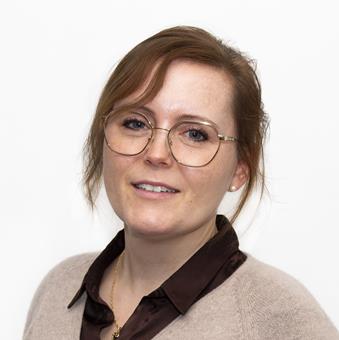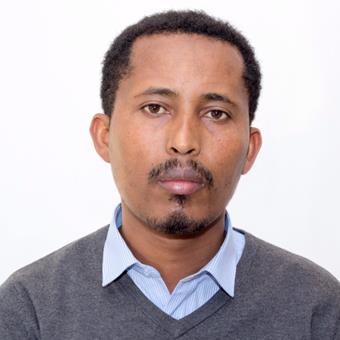We are surrounded by optimization problems all the time, but few of them are solved. One must see that it is an optimization problem, formulate it in mathematical detachable manner and find a suitable solution method. This can happen in snow removal, production planning, human resource planning, or placement of unmanned aerial vehicles.
To be able to formulate a solvable but relevant model requires experience, and to develop an efficient solution method requires both deep and broad knowledge in various fields of optimization. Often development of new methods and software is required in order to be able to solve the models. In addition, a thorough knowledge of the original problem is essential, so our work is based on a high degree of cooperation. Our main expertise lies in formulating and solving real optimization problems that has not been solved before.
Applications in Optimization
Optimization can be used in many diverse areas. Examples of what we have in recent years been working on are (large and small):
- Optimal digital map matching.
- Optimal formation of student groups.
- Optimal snow removal.
- Optimal placement of unmanned aircraft as communications relays.
- Optimal planning of military attack patterns.
- Optimal planning of public transport with electric vehicles.
- Optimal scheduling of activities in the electronic systems of the aircraft.
Previous research has also concerned the design of bearings, radiation doses in cancer treatment, design and management of IP networks, planning of logging and optimized pits, and more.









